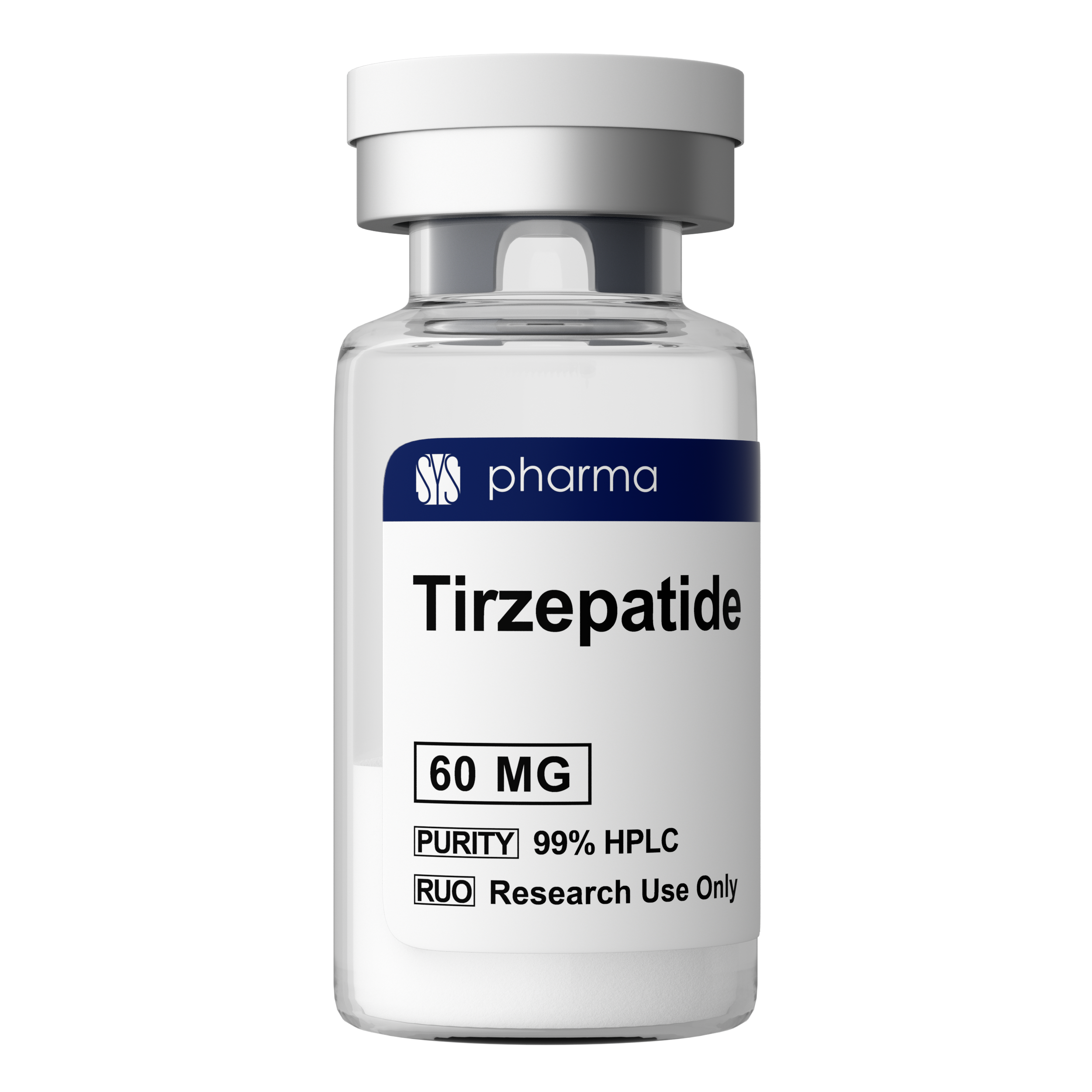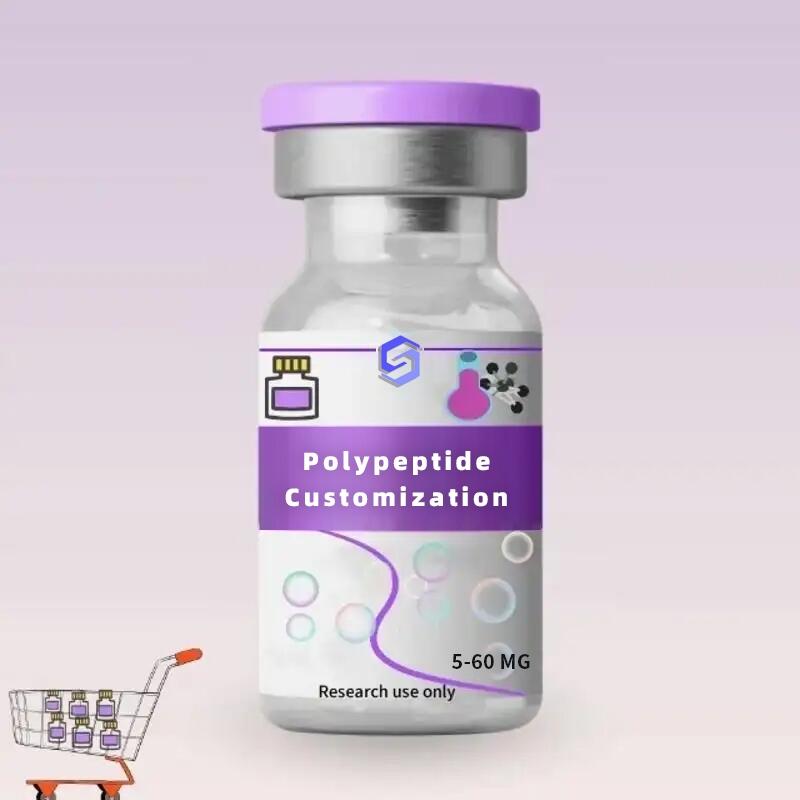-
Categories
-
Pharmaceutical Intermediates
-
Active Pharmaceutical Ingredients
-
Food Additives
- Industrial Coatings
- Agrochemicals
- Dyes and Pigments
- Surfactant
- Flavors and Fragrances
- Chemical Reagents
- Catalyst and Auxiliary
- Natural Products
- Inorganic Chemistry
-
Organic Chemistry
-
Biochemical Engineering
- Analytical Chemistry
-
Cosmetic Ingredient
- Water Treatment Chemical
-
Pharmaceutical Intermediates
Promotion
ECHEMI Mall
Wholesale
Weekly Price
Exhibition
News
-
Trade Service
In recent years, in order to maintain the growth trend and benefit more patients, many multinational pharmaceutical companies are constantly investing in the Chinese market and continuing to provide innovative products
.
On 5 September, AstraZeneca Andatang ® (generic name: dapagliflozin, a sodium-glucose synergistic transporter-2 [SGLT2] inhibitor) was approved in China for the purpose of reducing the risk
of persistent decline in estimated glomerular filtration rate (eGFR) in adult patients with progression-related chronic kidney disease, end-stage renal disease, cardiovascular death and hospitalization for heart failure.
It is understood that the approval of NMPA is based on a positive result
of the DAPA-CKD Phase III test.
The results of the trial showed that in patients with elevated urinary albumin in stage 2-4 of chronic kidney disease, on the basis of standard therapy (SoC) with an ACE inhibitor or angiotensin receptor blocker, dapagliflozin reduced the relative risk of primary endpoint consisting of deteriorating renal function, development of end-stage renal disease, cardiovascular or nephropathic death by 39% compared with placebo, and significantly reduced the relative risk of all-cause death in patients with chronic kidney disease by 31
。
Chronic kidney disease (CKD) is a serious disease with progressively decreased renal function and often associated with an increased risk of heart disease or stroke, affecting nearly 850 million people
worldwide.
The approval of dapagliflozin is expected to provide another new and effective treatment plan for
patients with chronic kidney disease in China.
In fact, in recent years, in addition to AstraZeneca, there are many multinational pharmaceutical companies that have also been approved
in China for new indications and clinical trials.
For example, on September 2, the FDA website showed that Bayer Rivaroxaban has been approved for use in patients with peripheral arterial disease (PAD) undergoing peripheral (lower extremity) vascular reconstruction (surgery or intravascular therapy) to reduce the risk
of major thrombotic vascular events (cardiovascular death, myocardial infarction, ischemic stroke, major amputation and acute limb ischemia).
On August 30, Merck announced that its new indications for the nine-valent human papillomavirus vaccine (Saccharomyces cerevisiae) have been approved by the State Drug Administration of China, marking the expansion of Merck's nine-valent HPV vaccine to women
aged 9-45.
On the same day, Boehringer Ingelheim-Eli Lilly jointly announced that the new indications for its diabetes alliance SGLT2 inhibitor Otangjing (generic name: empagliflozin tablets) have been approved by the State Drug Administration of China for the treatment of adult heart failure patients with preserved ejection fractions
.
This is the third indication approved by Otangjing in China after adult type 2 diabetes and adult heart failure with reduced ejection fraction
.
.
.
.
.
.
.
Thanks to the reform of China's drug review and approval system and the continuous support of innovative drugs by China's drug regulatory authorities, the industry expects that there will be more foreign new drugs and new indications in the future that will accelerate the approval of domestic marketing
.
Disclaimer: In no event shall the information or opinions expressed herein constitute investment advice
to any person.







